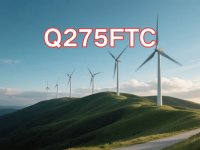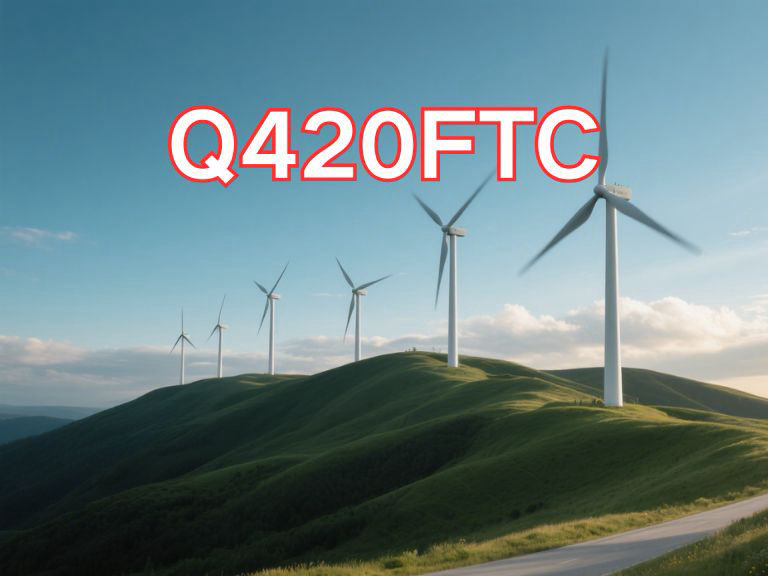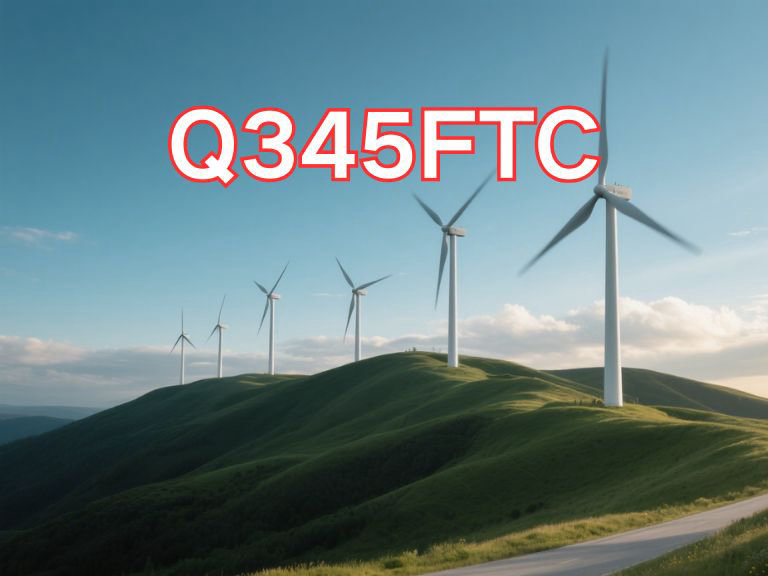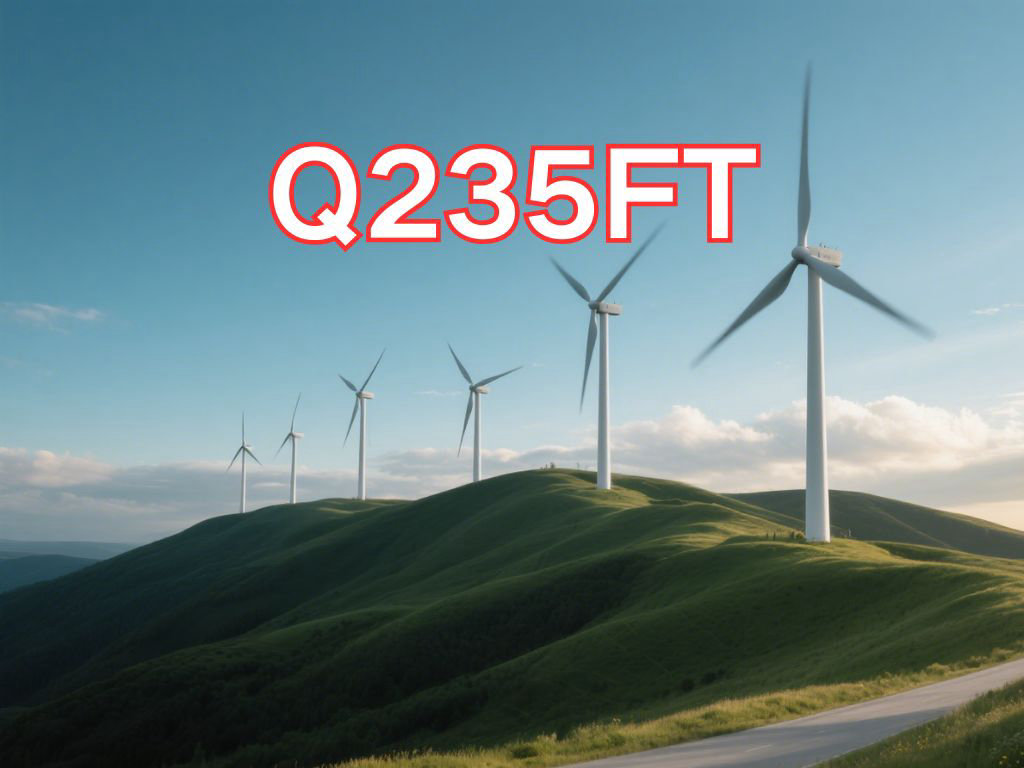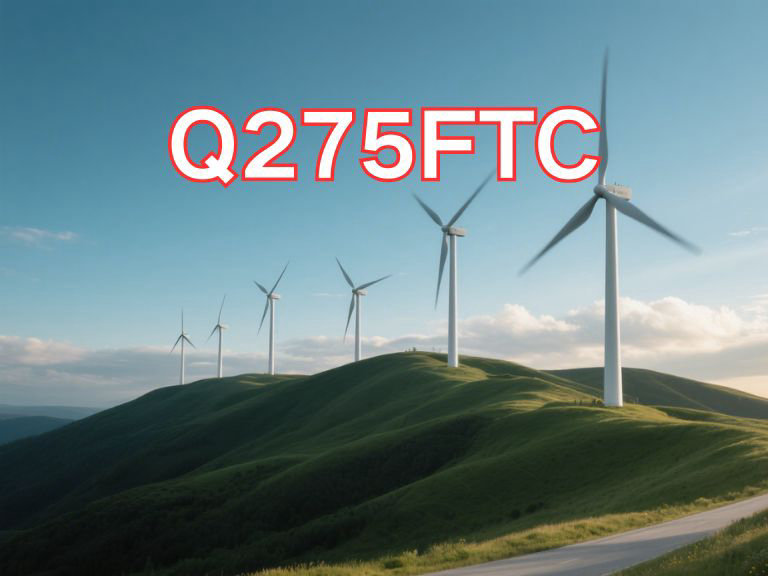

Q275FTC
Q275FTC is a structural steel plate specifically designed and manufactured for wind turbine towers in China, with its designation strictly conforming to the Chinese national standard GB/T 28410—2012 "Structural steel plate for wind power tower". This standard has been in effect since March 1, 2013, and serves as the core technical specification for tower steel in China's wind power industry.
The designation "Q275FTC" has a clear meaning:
"Q" stands for the first letter of the Chinese pinyin "Qu," representing the yield strength of the steel.
"275" indicates the specified minimum lower yield strength of the steel plate is 275 N/mm² (i.e., 275 MPa).
"FT" represents the first letters of the Chinese pinyin "Feng Ta," clearly identifying its dedicated application.
"C" is the quality grade symbol, indicating that the steel plate must undergo Charpy V-notch impact testing at 0°C, with the average absorbed energy (KV2) of three specimens being no less than 47 J, and individual values not falling below 70% of the specified value.
Q275FTC steel plates are primarily used in the fabrication of towers (tower sections) for wind turbine generators. As the key load-bearing structure supporting the nacelle and blades, the tower must withstand long-term wind loads, gravity, fatigue loads, and potential seismic forces. With its moderate strength and good low-temperature toughness, Q275FTC is commonly used for the lower sections or base rings of the tower where higher strength is required, particularly suitable for wind turbines operating in medium-to-low wind speed areas or of medium height.
Its main characteristics include:
Good mechanical properties: It has a defined yield strength and tensile strength range (according to the standard, tensile strength is 410–560 MPa), and guarantees impact toughness at 0°C, ensuring safety and reliability during operation.
Excellent weldability: The standard imposes strict limits on carbon equivalent (CEV) (CEV ≤ 0.38% for thickness ≤ 40 mm, ≤ 0.40% for > 40 mm), ensuring ease of welding during manufacturing and good performance of the welded joints.
Good workability: Typically delivered in hot-rolled or controlled-rolled condition, it offers excellent formability for processes such as tower section rolling and welding.
Specialization: Designed specifically for wind turbine towers, its chemical composition, performance requirements, and inspection rules fully consider the service characteristics and safety demands of wind power equipment.
According to GB/T 28410—2012, the thickness range of Q275FTC steel plates is from 6 mm to 100 mm. The standard also specifies detailed requirements for chemical composition, delivery condition, surface quality, dimensional tolerances, and test methods and rules, ensuring product quality is uniform and controllable. Therefore, Q275FTC is a standardized, mature, and reliable steel grade widely used in wind turbine tower construction across China.

Ultrasonic Testing (UT)
A key non-destructive testing technique that uses high-frequency sound waves to detect internal flaws in steel plates. The probe emits sound waves, which reflect when encountering defects such as cracks or inclusions. The receiver captures the echoes, enabling precise determination of defect location and size. With high sensitivity, strong penetration, and fast inspection speed, UT effectively ensures internal quality, widely used in the production of heavy plates, pressure vessel plates, and other high-end products to guarantee safety and reliability.

Magnetic Particle Testing (MT)
A common surface inspection method that magnetizes the workpiece, causing leakage magnetic fields at surface or near-surface defects like cracks or inclusions, which attract magnetic particles to form visible indications. Simple to operate and highly sensitive, MT is suitable for rapid inspection of surface and near-surface flaws in ferromagnetic materials, widely used for online or offline inspection of plate edges, ends, and welds, ensuring product quality and safety.

Penetrant Testing (PT)
A non-destructive method for detecting surface-breaking flaws. A penetrant liquid is applied to the cleaned steel surface, allowing it to seep into defects such as cracks or pores. After removing excess penetrant, a developer is applied, causing the trapped penetrant to bleed out and form visible indications. Simple and cost-effective, PT is suitable for inspecting surface defects in various non-porous materials, commonly used for welds, castings, and complex components, effectively ensuring surface quality of steel plates.

